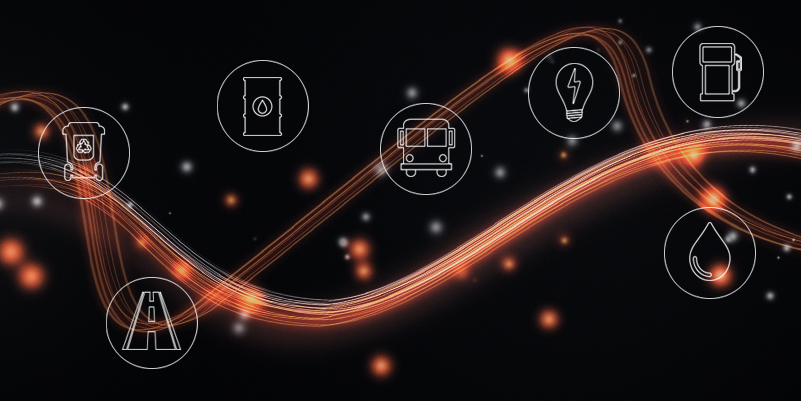It’s not an idle boast to say that few industries can match the utilities sector in capability when it comes to reacting to consumer needs. The dynamics of power generation and consumption require close monitoring of how much energy is needed where and at what times. Moving into the summer months is already a time of uncertain usage metrics for the energy industry, but, with the COVID-19 pandemic predicted to soon enter its peak months in the U.S., there are more questions about the future than many business leaders find comfortable.
Unusual changes already are being observed. Bloomberg recently reported a power use slump of 7.4% in Italy as the closing of businesses, schools, and other public facilities outstripped the increase in home energy use. USA Today assembled a list of reactions from various companies, including large utilities: most are suspending service terminations during the crisis to give customers a chance to focus on critical bills and return to their utility payments later.
All of this represents a major and unclear challenge to utilities companies. In times in need of increased information flow for rapid decision making, the Internet of Things (IoT) is a valuable enabler.
Facing Each Disruption with Clear Sight
Interpreting shifting consumer demand patterns isn’t the only problem. The COVID-19 pandemic is forcing companies to carefully watch their own workforce, as well as their supply chains. A report by PWC shows the wide range of issues that will likely arise due to the pandemic.
Since most utilities workers are considered essential, stay-at-home orders are not as paradigm-upending as they are for other industries. However, many utilities jobs still are able to be done remotely while practicing safe social distancing.
No matter how vital utilities may be, they must reckon with upcoming worker shortages. IoT devices are a force multiplier and an effort re-locator: work that once required employees manually checking readouts at various sites instead can be centralized through reporting IoT sensors.
Labor shortages also will affect the supply chain. Specialized equipment for building, repairing, or maintaining utilities equipment will be in limited availability as local and international production and transportation are slowed or, in some cases, halted entirely.
IoT monitoring can help here, as well, with several use cases. IoT-enabled companies quickly can communicate their supply stocks stretched across locations to help make internal decisions about ordering priorities, as well as share that information with other companies in their supply chain. IoT sensors deployed to watch infrastructure can share information used to prioritize spending needs based on observed performance.
Investing in Uncertain Times
Periods of economic uncertainty are not a time when most people would be thinking of upgrading their infrastructure and capability. Yet, that’s precisely what major players are doing. Renewable Energy World details how China’s response to the abrupt economic stop is to take the opportunity to grow infrastructure, including a focus on IoT and data.
Crises disrupt the status quo and challenge us to find new ways to perform old activities. With a slow-moving event like the COVID-19 pandemic, the utilities industry has the chance to reorganize the way they work to not only weather the downturn but also advance quickly into the future.
Aeris is an experienced, knowledgeable partner when it comes to helping companies take advantage of IoT. We have a long track record of identifying opportunities, providing the capability and expertise for setup, and supporting the network in the long term.
Contact us to get started.



